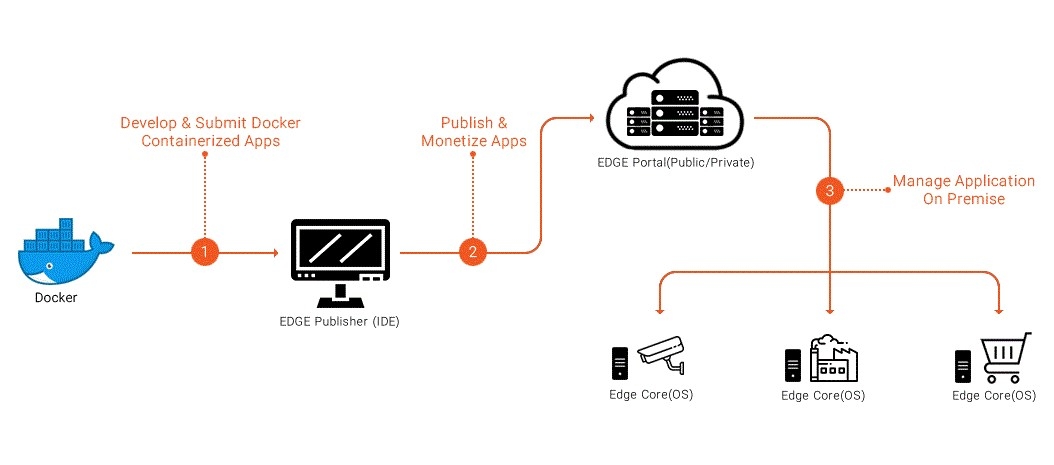Pixeom
Pixeom a prototype device with the aim of offering alternative cloud services (Personal Cloud Device). The Pixeom Personal Exchange Network allows users to easily create, access, and share their Content from anywhere while connecting with a global community, through the use of a Pixeom X device.
Pixeom is not only the first to put multiple cloud services in a box, but also the first to connect them together globally, forming a growing network of users and content, eliminating the need to sell personal data or charge subscription fees in order to stay online via a datacenter. With all the news about Snapchat, Target, Dropbox, and the NSA floating around, people are starting to see the real consequences of trusting their data with someone else. Datacenters have become treasure troves of personal information that are regularly targeted by hackers, or turned over on a whim to anyone with a badge that who asks for it.
A prototype device with the aim of offering alternative cloud services that don’t require you to hand over the keys to your private data in exchange for a convenient digital service. If the Pixeom name sounds familiar, that may be because you remember it as a Raspberry Pi-based personal cloud platform. Indeed, that’s the service the company first launched back in 2014. It quickly pivoted to an enterprise model, though. The original Pixeom device allowed users to set up their own personal cloud storage and other applications at home. While there is surely a market for these devices, especially among privacy-conscious tech enthusiasts, it’s not massive, especially as users became more comfortable with storing their data in the cloud. One of the major drivers was that it was actually very difficult to get VC funding in an industry where the market trends were all skewing towards the cloud.
Pixeom also based its technology on OpenStack, the massive open-source project that helps enterprises manage their own data centers, which isn’t exactly known as a service that can easily be run on a single machine, let alone a low-powered one. Today, Pixeom uses containers to ship and manage its software on the edge. On the software side, Pixeom is relatively cloud agnostic. One nifty feature of the platform is that it is API-compatible with Google Cloud Platform, AWS and Azure and offers an extensive subset of those platforms’ core storage and compute services, including a set of machine learning tools. Pixeom’s implementation may be different, but for an app, the edge endpoint on a Pixeom machine reacts the same way as its equivalent endpoint on AWS.

Pixeom is mainly plays a vital role in cloud services instead of using heavy cloud service machines. A device that securely stores all of your digital content, and keeps growing as you need more storage.A device that hosts entire discussion boards within it, facilitating secure communication and easy socializing.
Pixeom users can also choose for their device to stay private or invite trusted friends to collaborate within the secure network. There’s also an option to join a global network of Pixeom devices so that public content can be shared/advertised within that wider network.
The collaborative core of Pixeom’s platform means that a Pixeom owner can share content with anyone else (provided they have the ability to access a webpage). There’s no requirement for the content viewer to purchase Pixeom hardware or download their application, although there is a free mobile app for accessing the Pixeom Exchange Network of public content, as an alternative and richer point of entry to accessing this content via a web browser.
pixeom-10122-iGYrKnc.docx (627 KB)

